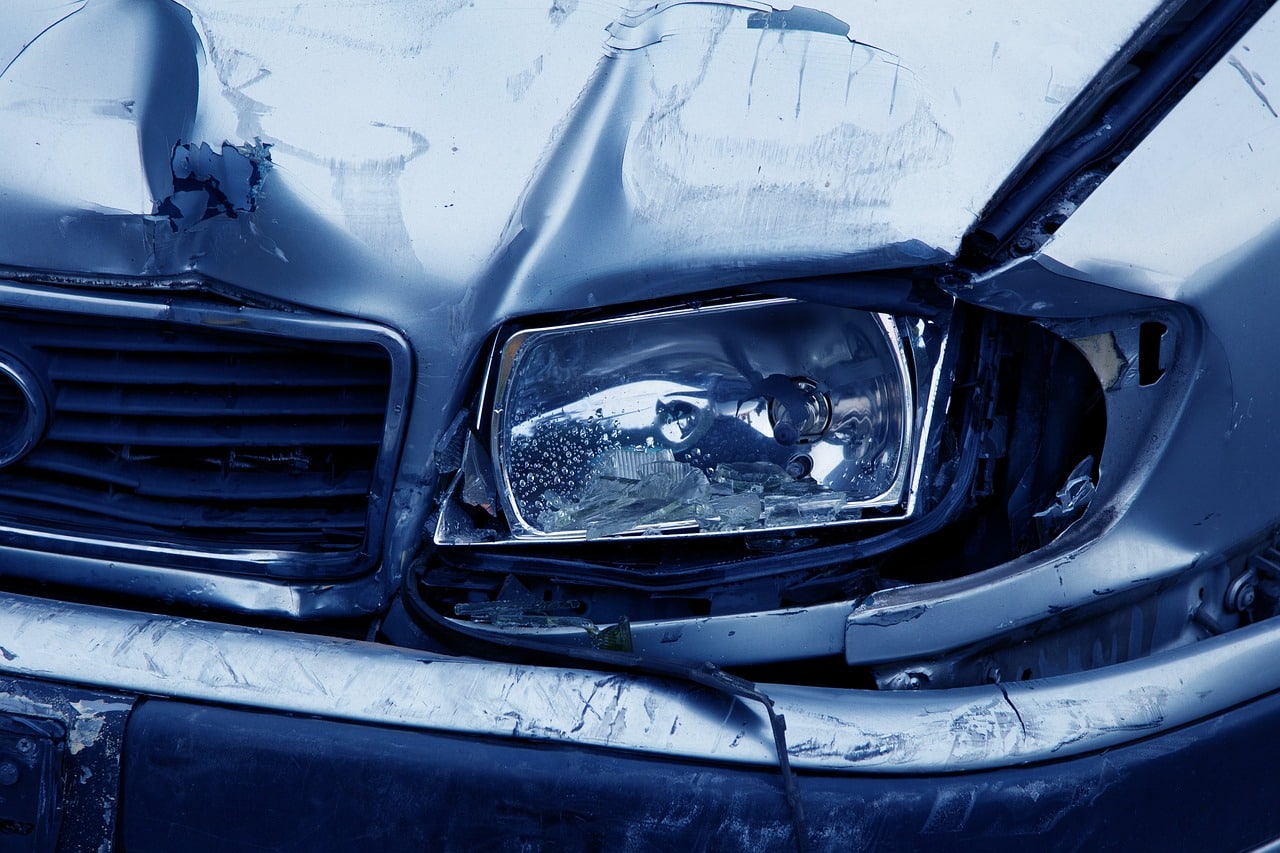Traffic accidents are an all too common occurrence on America’s roadways. Such is the conclusion reached in multiple studies, one of which comes from Forbes. It revealed that the U.S. was home to nearly 36,000 fatal collisions and some 1.6 million total crashes in 2020. As unsettling as these statistics might be, they could be much worse. Most of the cars, trucks, and SUVs we drive today have safety features that not only save lives but also reduce the risk of serious injury, the windshield being one of them.
What Makes a Windshield Stronger Than Regular Glass?
Much like seatbelts and anti-lock brake systems, the windshields in our vehicles help keep us safe whenever we get behind the wheel and take to the open road. The reason why has a lot to do with the fact that the glass in windshields is no ordinary glass. The windshields in today’s cars, trucks, and SUVs contain two sheets of glass with a thin layer of vinyl sandwiched in the middle, all of which are laminated together in an autoclave using intense heat and pressure.
This lamination process is what makes windshields stronger than the glass in a vehicle’s side and rear windows. When a small object hits a windshield, only the outer layer of the windshield breaks, which prevents drivers and passengers from being struck by broken glass. Likewise, when hit by large items or involved in a crash, the vinyl inner lining in windshields protects drivers and passengers by keeping broken glass and other debris out of a vehicle’s cabin. Of course, keeping broken glass out of a vehicle’s interior is not the only thing windshields offer in a crash.
Surprising Ways in Which Windshields Protect Drivers and Passengers During a Crash
In addition to protecting drivers and passengers from sharp pieces of glass in a crash, windshields improve overall vehicle safety. Some of the ways they do that include:
Ensuring Airbag Systems Work Properly
The windshield in a vehicle helps airbags properly deploy in a crash. That’s because airbags deploy upward and bounce off the windshield to prevent drivers and passengers from colliding with the windshield itself or the vehicle’s dashboard. They also prevent occupants from being ejected if they are not wearing a seat belt. According to the Insurance Information Institute, over 83% of unrestrained individuals thrown from a vehicle as a result of being involved in a crash do not survive their injuries. The lamination and overall toughness of windshields in today’s cars, trucks, and SUVs lower the chances of this happening.
Protecting Vehicle Occupants During Rollover and Front-end Crashes
Today’s vehicles must meet roof crush resistance standards set by the National Highway Traffic Safety Administration (NHTSA). Windshields help them do just that. The 60% of structural integrity added to a vehicle’s roof via its windshield lowers the chances of individuals getting crushed to death in rollover crashes. Likewise, the 45% of structural integrity windshields add to a vehicle’s front end helps protect drivers and passengers in front-end collisions. Tailgating is not only illegal in many states but can put you at risk for this type of crash. For those unaware, front-end collisions can cause whiplash, neck injuries, head injuries, and spinal cord injuries. In extreme cases, such cases can even be fatal. Aggressive driving such as tailgating, can put you at risk for this type of crash.
In summary, among many other things, windshields help keep drivers and passengers safe by reinforcing the roof and front end of the vehicle they are traveling in. Of course, the level of protection any windshield can provide in a crash hinges on whether or not it’s in good repair. That being said, if the windshield in your car, truck, or SUV is chipped or cracked, you should have it replaced as soon as feasibly possible.





